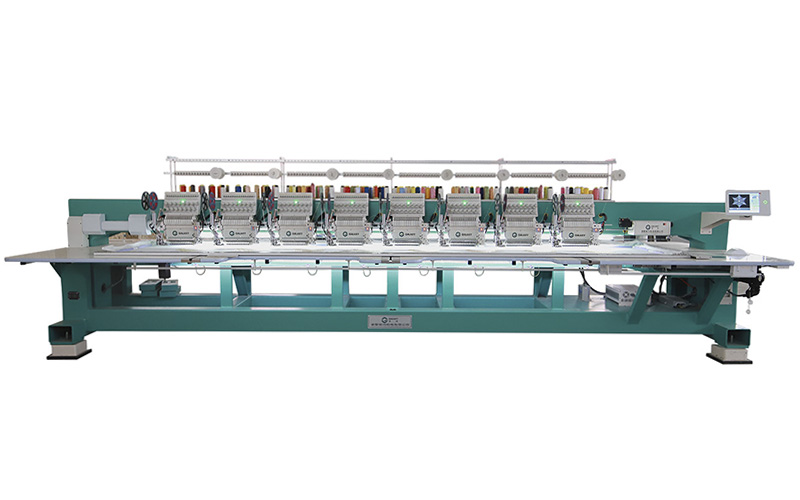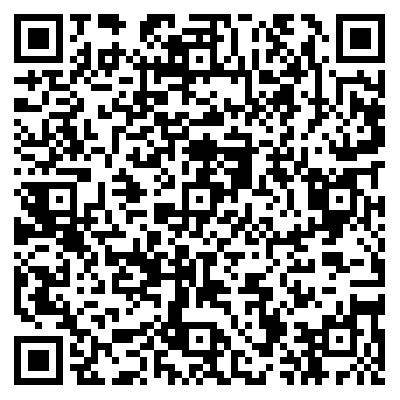Flat embroidery digitizing machine is a type of embroidery machine which produces flat, one-sided images using polyester thread. This machine can produce various types of patterns, including; outlines, borders, prints and decorative borders. It is usually available in different sizes and models according to the need of the user.
There are several types of features available in a flat embroidery machine. There is the front-load type, in which the feed moves upward or downward and is triggered by a solenoid or button. The other type is the self-contained unit in which the motor, drive unit and the needle are enclosed in a case. In this case, the feed moves through a tube from the bottom. In the last type, the feed moves from the bottom through a threaded portion on a bobbin case. This type is suitable for users who do not wish to handle the machine.

Most modern machines have several features, which make them suitable for different kinds of applications, such as embroidering garments. For example, a high speed flat embroidery machine can be used to create full-body kits and trim work with zigzag, straight and cross cording embroideries. However, there are also some embroiderers who prefer using a manual feed for the same reason. There are also those who use this machine for creating smaller projects such as patches for sewing uniforms or small square patches for laminating clothing.
The three basic parts of any sewing or embroiderer machine are the needle, the bobbin case and the cording thread. The needles are made up of a metal casing with a large number of loops, which are threaded through the eye of the needle. In addition, they also contain small eyelets, which allow the thread to pass through the casing. On the other hand, the bobbin case has a cylindrical inner chamber, which contains tiny beads that threads the thread through the case.
The most common and popular type of needle used in any flat device is a ceramic steel needle. Another type is the steel long needle, which has a large eye and is usually more secure than the ceramic types. However, the former is also more expensive. The third type is the wood rotary hook, which is not popular because it is heavy and unwieldy. In addition, it is also difficult to thread and fix.
A rotary hook is designed to be easily adjusted. It can easily turn on thread at low speed and then slow down when thread count goes above the set limit. Thread counter is another important feature of the flat chenille embroidery machine. This tool is situated below the needle. It helps you determine the length of the thread, which is required for the machine to work properly. The bobbin case and the eye are the other parts of the machine that need attention.
You should clean the case with the help of some alcohol. Then, you should soak both the case and the thread in the solution for about half an hour. Afterward, you should rinse the case with water so that the excess solution can be removed. Finally, dry the case with the help of the hair dryer.
A good flat embroidery machine needs to have a fast action. In addition, it should also have a smooth motion. If the machine has a lot of problems, you should take its motor outside and look for the reason behind it. In addition, you should fix the problem as soon as possible to avoid any further damage.
There are some basic rules for this type of machine. First of all, you need to feed the material through the machine feed plate by pressing firmly on the "reset" button. Once the thread passes through the feed roller, you should pull the "stop" button. The thread will be fed into the fabric on the next step. The fabric will move back on the spool once it is completely threaded. You should finish feeding the thread into the cloth on the next step.
Flat embroidery machines usually do not require any maintenance except for the lubrication of the moving parts. However, there are some precautions that you should follow for the proper functioning of the machine. First of all, you should clean the machine according to the directions provided by the manufacturer. Next, you need to wipe the working area with a lint free cloth after every use. Moreover, you should apply some anti-fungal agent after each wash to avoid the growth of bacteria.
In addition, you should store your flat embroidery machine in a place away from direct sunlight or any other source of moisture. Do not take any other responsibilities other than those mentioned above. If you find that you are in any problems with your flat embroidery machine, you can send it for repair services. It would be best if you can return the machine to the manufacturer before calling the repairmen. This will save you from spending money and time on a faulty machine.

 English
English Español
Español عربى
عربى


